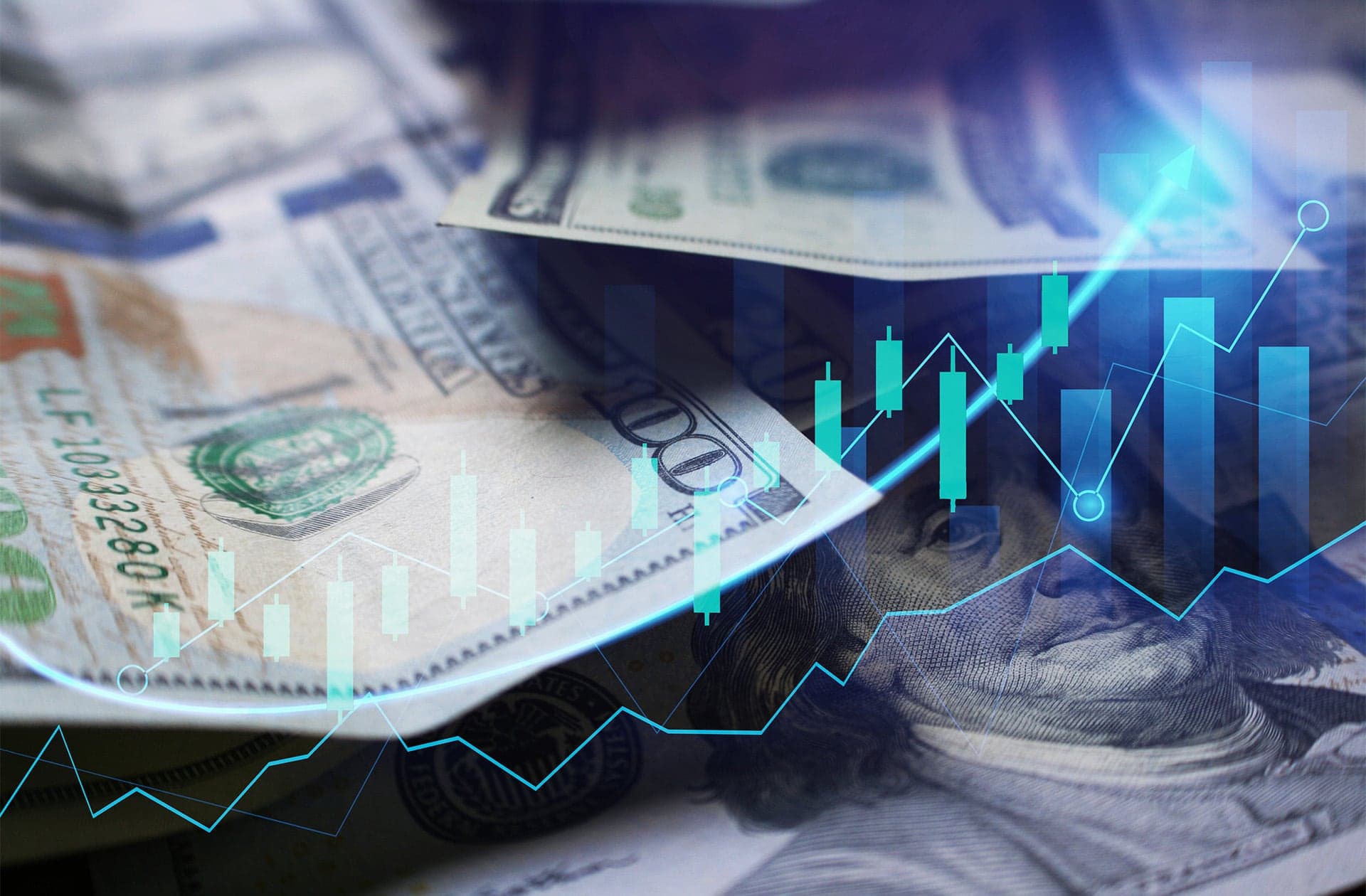


To better understand the report findings and explore their implications, Campbell & Company hosted five events across the country and three live webinars. We examined the data and discussed philanthropic trends with nonprofit leaders in Chicago, Washington, DC, Los Angeles, Milwaukee, and Cleveland, as well as through national, California, and Northwest webinars. In sum, these in-depth discussions drew more than 1,000 attendees, involved 24 panelists and presenters, and brought to light many trends to watch in the coming months. By sharing the top insights from our eight presentations, we hope to continue the conversation and keep nonprofits up-to-date on the latest sector discourse:
New methods of donor engagement can increase philanthropic success. The Giving USA 2017 results reaffirmed the importance of individual giving and, with it, building the donor pipeline of small and mid-level supporters. From giving days and crowdfunding to social media and peer-to-peer fundraising, organizations are finding success in connecting donors to their mission and vision through novel tactics. New methods can start with traditional approaches, such as using events as a tool for “friendraising”—building relationships—instead of fundraising.
Donor-advised funds (DAFs) require nuanced relationship management strategies. Donors have embraced the philanthropic sophistication of DAFs and the wealth of options they provide. As the popularity of DAFs continues to rise, nonprofits need specific strategies to engage their supporters who use DAFs. Fundraisers should be talking with these donors about how they would like to give, how they can make transformative gifts, and what combinations of giving are available to them. Offering flexibility and demonstrating potential impact are crucial to the success of these conversations.
Recent giving surges demand fresh approaches and a long-term outlook. Many of our panelists’ organizations experienced giving bumps following the 2016 presidential election and more recent political developments. Effective planning, donor retention efforts, and strategic adjustments are all needed to capitalize on this momentum. To adequately navigate unprecedented giving levels, development teams should consider sharing some of the increased responsibilities with other organizational departments. For instance, the Development team at Planned Parenthood of Metropolitan Washington, DC partnered with its External Relations team and created an action plan to keep up with supporter activity. Nonprofits should also evaluate their acknowledgement process and re-solicitation strategies to ensure they are tapping into donor motivations and spreading messages of hope. Additionally, converting new donors to sustaining supporters can help avoid donor drop-off.

Impact investing is changing the way people think about philanthropy. “One of the most innovative techniques we’ve seen growth in is this concept of impact investing, especially with the new generation of philanthropists,” noted Jason Baxendale, Chief Development Officer at The Chicago Community Trust, during our Chicago event. “Impact investing is investing for a social impact, with at least a return of the principal, if not an income.” As more individuals and foundations devote resources to this strategy, people are rethinking how they can make a difference. At present, impact investing does not appear to be affecting traditional giving or grantmaking. Instead, donors involved in impact investing are giving in multiple ways, and causes, from local to large-scale, are receiving support from various avenues. Fluctuations in the economy could change this dynamic, so organizations should continue to monitor the impact investing trend going forward.
The emphasis on inclusion calls for new programs and priorities. Diversity is top-of-mind throughout the nonprofit sector, and organizations are focused on making their staffs, boards, and donors more reflective of the communities they serve. To achieve these objectives, some nonprofits are developing programs to bring people from different backgrounds into the advancement field and develop a talent pipeline. Others are promoting advocacy opportunities as an entry point for new supporters. Whatever the method, organizations need to recognize the value of representation, engage people authentically, and meet them where they are.

Thanks to all the organizations and nonprofit leaders who helped make these Giving USA events a success!